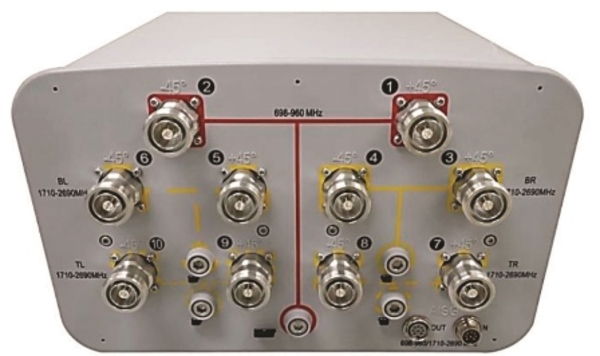
In the new white paper, Antenna myths for base station antennas, I dissect the top five misconceptions about base station antennas:
Myth 1: Antenna parameters are invariable
Antennas are analogous to audio speakers. We’ve noticed that low-end models exhibit different performance across our human audible range (20 Hz to 20 kHz). For this, equalizers are inserted to boost bass and treble ranges. Similarly, wide-bandwidth antennas, if not properly designed, might show different performance across their supported ultra-wide spectral ranges and e-tilts. And yet, people often think the parameters are the same for all antennas.
Myth 2: A panel antenna has the same pattern as its radiating elements
Network engineers are familiar with panel antenna patterns and electrical tilting in the horizontal and vertical planes. There is, however, a misperception about how the panel’s overall pattern is shaped.
Myth 3: Multiple input ports mean multiple arrays inside
Most RF planners believe that buying an antenna with different physical connectors and separate tilt controls means more integrated antenna elements arrays inside. It will then be safer for passive intermodulation (PIM) and voltage standing wave ratio (VSWR). This is yet another misconception.
Myth 4: Multibeam antennas have multiple arrays inside
When twin and tri-beam antennas are mentioned, the first idea that jumps to mind is a combination of two or three arrays, carefully positioned to radiate in different directions. Or perhaps there are other ways that this might work?
Myth 5: Beam steering requires active antennas
Many believe that the only solution for beam steering lies in active antennas—antennas with integrated radios. But these are still being debated in the industry. Despite reducing site footprints, active antennas can restrict future upgrades and harden maintenance. Yet one of the main long-term benefits is fully electrical beam steering and massive MIMO (Multiple Input/Multiple Output). That can’t be another myth, right?
Want to get the real story behind these common antenna myths? Read the white paper Antenna myths for base station antennas to find out. If you still have questions, leave me a comment.






